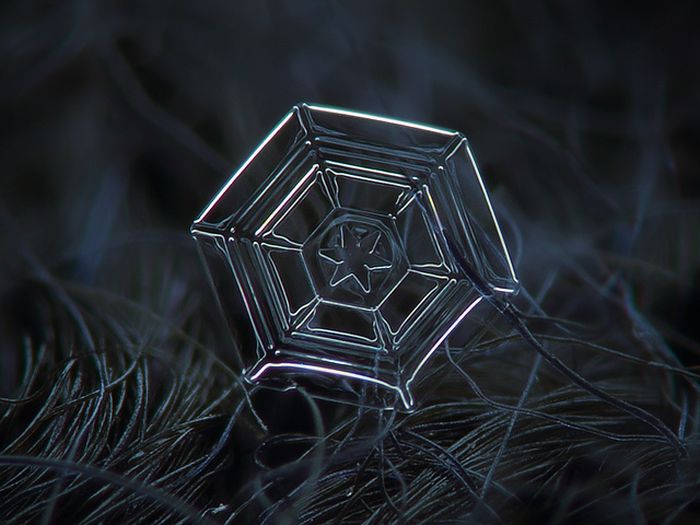|
|
Snowflakes Macro Photography By Alexey Kljatov
|
It is very unlikely for two snowflakes to be exactly alike due to the roughly 1019 water molecules which make up a snowflake, which grow at different rates and in different patterns depending on the changing temperature and humidity within the atmosphere that the snowflake falls through on its way to the ground united. Initial attempts to find identical snowflakes by photographing thousands of them with a microscope from 1885 onward by Wilson Alwyn Bentley found the wide variety of snowflakes we know about today. It is more likely that two snowflakes could become virtually identical if their environments were similar enough. Matching snow crystals were discovered in Wisconsin in 1988. The crystals were not flakes in the usual sense but rather hollow hexagonal prisms.
Use as a symbol
The snowflake is often a traditional seasonal image/motif used around the Christmas period, especially in Europe, representing the traditional White Christmas. During this period it is quite popular in the former Soviet Union to make paper snowflakes by folding a piece of paper several times, cutting out a pattern with scissors and then unfolding it, resulting paper snowflakes are then dipped into milk and glued to windows.
|
|









